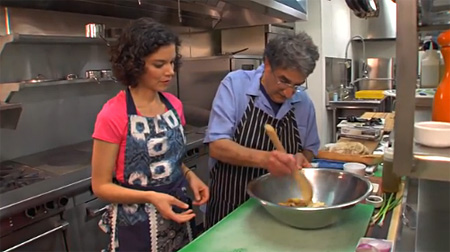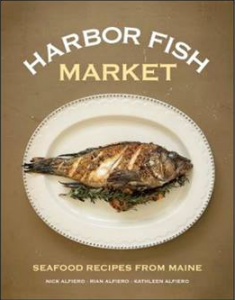November is here and the Thanksgiving articles are starting to hit the presses. First out of the gate is a piece by C.Z. Cramer entitled Amore Locavore in this month’s Portland Magazine.
We live in the best of times here for the renaissance of a traditional, locally raised and grown, genuine Thanksgiving. We can recreate the gourmet version of the Pilgrim experience, as if those wilderness decades of green bean casseroles with canned cream of mushroom soup, marshmallow-capped yams, and frozen Midwestern birds never happened.

